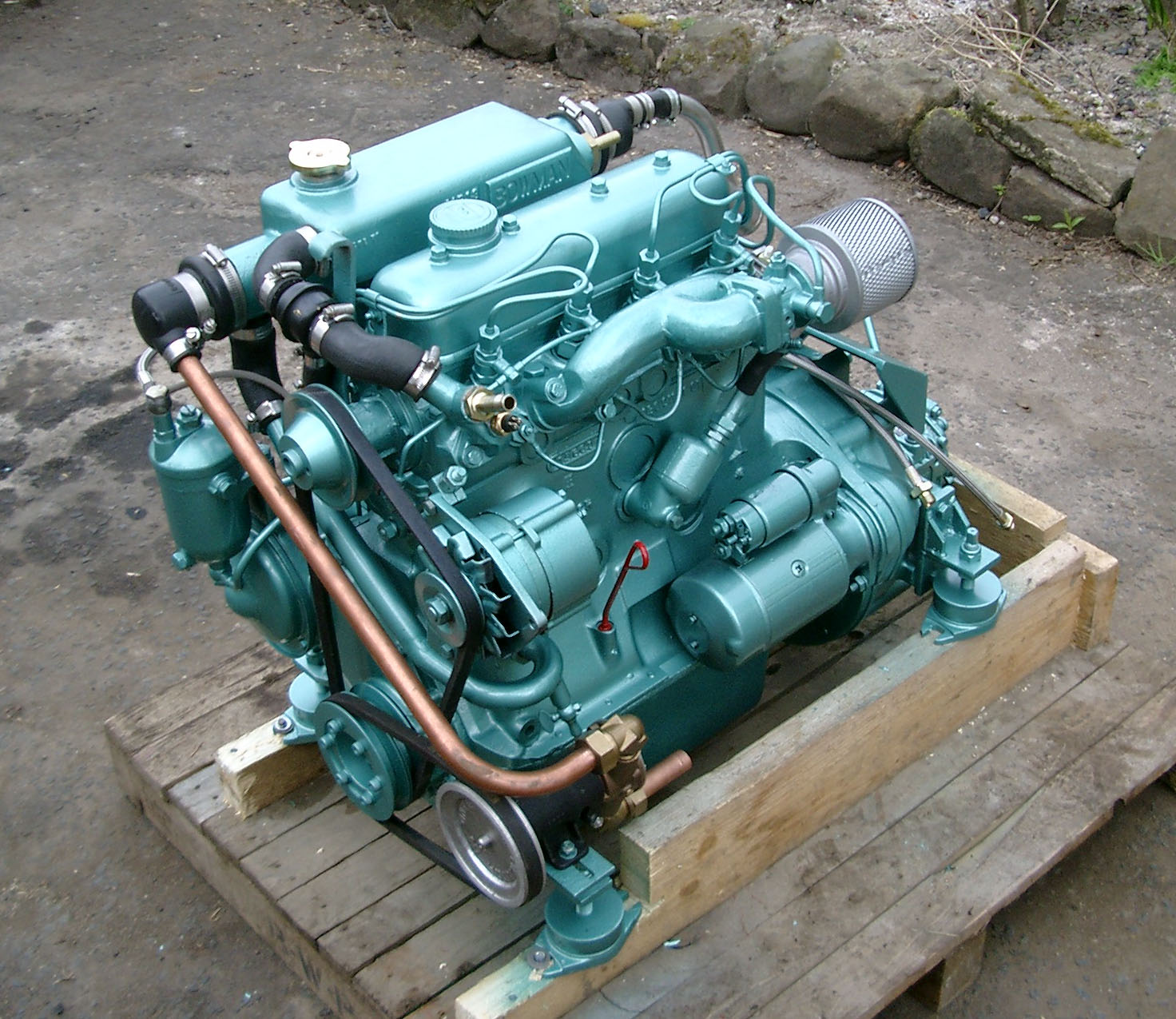Reconditioning an OM 636 Engine
When overhauling an OM 636 engine, it is strongly recommended to follow the workshop procedures and guidelines prescribed by Mercedes-Benz and described in the factory workshop manual. Engines rebuilt to factory specifications using genuine Mercedes-Benz parts will give many years of reliable service.
Engines to be reconditioned should be completely disassembled and chemically cleaned, the engine block and cylinder head pressure-tested and oil galleries cleaned. Any damaged studs on the block or head should be renewed.
Engine blocks that were not originally fitted with liners should be bored out and honed to the next repair size up to a maximum bore of 77mm. Blocks fitted with liners can be bored to the 1st repair size 75.50mm or the liners replaced.
Cylinders must be bored and honed to accommodate new pistons. Crankshafts checked, reground and polished. All crankshaft and camshaft bearings should be systemically replaced. The camshaft and timing gears checked and replaced if necessary. A new oil pump should be fitted before mounting the sump to the crankcase.
Cylinder heads must be refaced within given limits and the valve seats reworked to ensure the correct valve height. Ensure that the latest valve guides are fitted. These have an external annular groove to fit a valve stem seal. Early engines do not have a valve stem seal but feature a valve spring retainer with an extended sleeve. Inlet and exhaust valves should be replaced if necessary.
Engines to be reconditioned should be completely disassembled and chemically cleaned, the engine block and cylinder head pressure-tested and oil galleries cleaned. Any damaged studs on the block or head should be renewed.
Engine blocks that were not originally fitted with liners should be bored out and honed to the next repair size up to a maximum bore of 77mm. Blocks fitted with liners can be bored to the 1st repair size 75.50mm or the liners replaced.
Cylinders must be bored and honed to accommodate new pistons. Crankshafts checked, reground and polished. All crankshaft and camshaft bearings should be systemically replaced. The camshaft and timing gears checked and replaced if necessary. A new oil pump should be fitted before mounting the sump to the crankcase.
Cylinder heads must be refaced within given limits and the valve seats reworked to ensure the correct valve height. Ensure that the latest valve guides are fitted. These have an external annular groove to fit a valve stem seal. Early engines do not have a valve stem seal but feature a valve spring retainer with an extended sleeve. Inlet and exhaust valves should be replaced if necessary.
